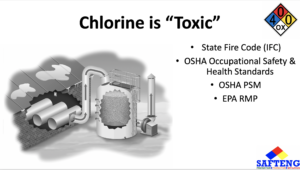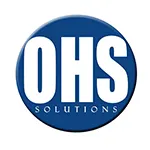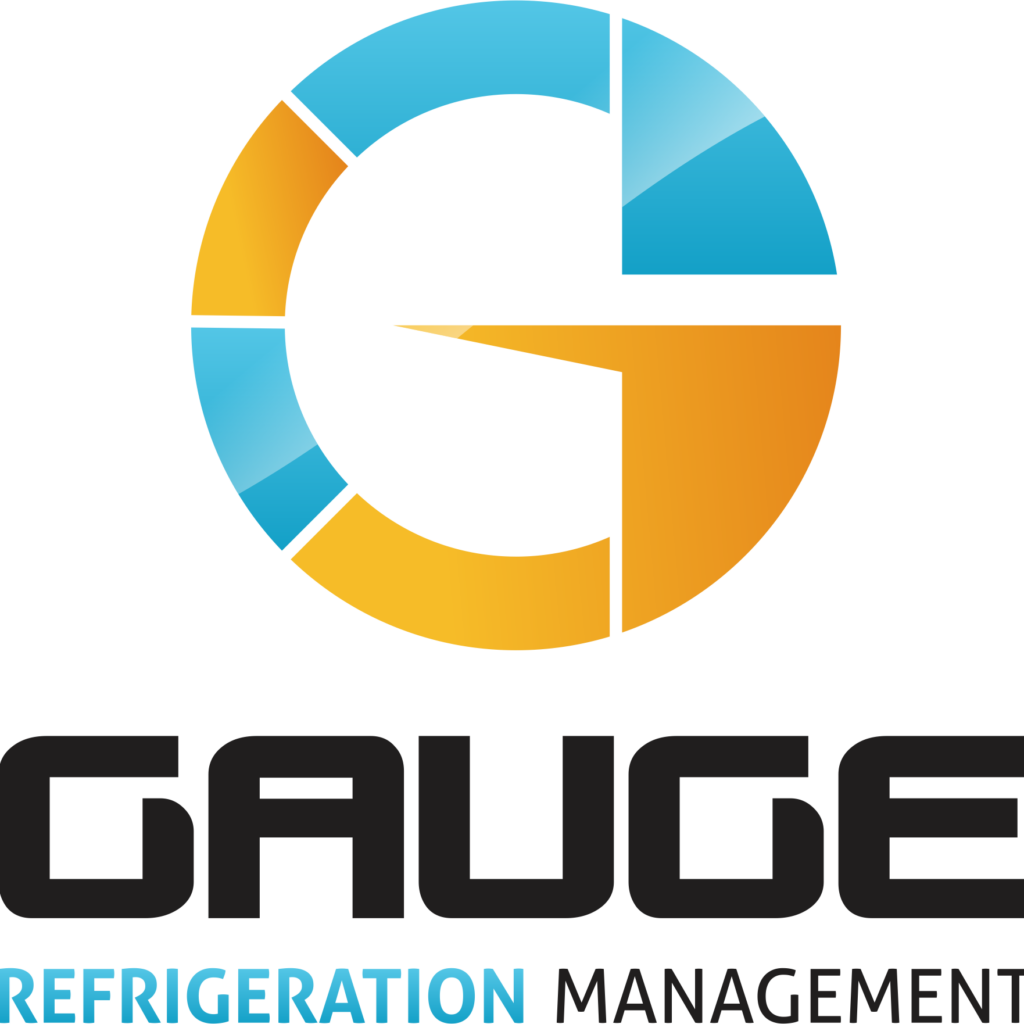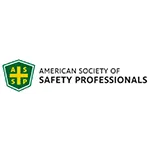SAFTENG Has
- Over 17,500 categorized unsafe acts/conditions and accident/injury photos
- Over 1,400 ppt's & doc's
- Over 3,900 technical articles on Process Safety & Occupational Safety & Health matters
- Over 400 videos
CLICK HERE to Renew your Membership
CLICK HERE for a NEW Membership
CLICK HERE to see eligibility requirements for FREE Membership
If you have any questions, please contact me
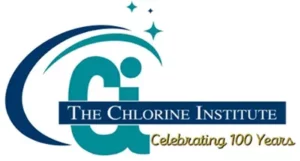
I am proud to announce that have extended our”Partners in Safety” agreement for another year (2025).
CI Members, send me an e-mail to request your FREE SAFTENG membership.





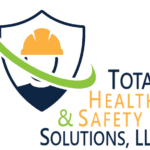


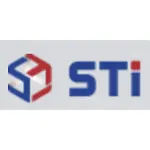


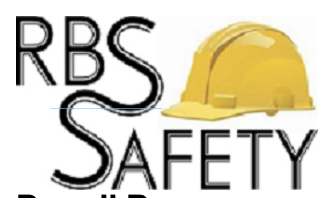


June 11, 2021
One of the biggest and longest debates in process safety circles is the responsibility of businesses to upgrade their process design(s) based on an updated RAGAGEP. OSHA attempted to address this in a 2016 LOI. Now EPA has stated their “official position”…
(emphasis by me)
…
HomeRead More »
Read More
June 10, 2021
The Respondent owns and/or operates a chemical manufacturing facility that uses:
A. Oleum (fuming sulfuric acid) [sulfuric acid, mixture with sulfur trioxide] (“Oleum”);
B. Hydrogen fluoride/hydrofluoric acid (cone 50% or greater) [hydrofluoric acid] (“Hf “).
in a fluoroproducts process and a sulfuric acid process. From August 28 – 31, 2018, EPA conducted an inspection...
Read More
June 10, 2021
The Facility is a nitrogenous fertilizer manufacturing facility that produces anhydrous ammonia, urea solutions, urea-ammonium nitrate, and by-product gaseous carbon dioxide. The Facility also produces intermediates (including nitric acid and ammonium nitrate solution) during the manufacture of the above products. Based on the quantity of anhydrous ammonia present at the Facility, the Facility is subject...
Read More
June 10, 2021
OSHA updated a 2017 Letter of Interpretation in January 2021 and it is causing quite a stir in the anhydrous ammonia (NH3) fertilizer industry and could have impacts on other industries that use NH3. In this revised LOI, OSHA states…
… Therefore, OSHA believes it is possible, and indeed likely, that any given release of anhydrous ammonia in your scenario will necessitate an emergency...
Read More
June 8, 2021
I just finished reviewing a draft document that a trade group will be asked to vote to sanction the document as it relates to emergency escape respirators. There was a lot of talk about requiring these escape respirators to carry the NIOSH approval of 14G (vs. the more traditional 23C style respirator). There is talk that a respirator with a NIOSH 14G Approval can be used as an escape respirator...
Read More
June 7, 2021
At least every five (5) years a Risk Management Plan must be updated. We are seeing a lot of RMP that have been updated in the past 12-16 months that failed to include this in their update. I wrote about this new requirement this past weekend, but now I want to demonstrate the “fall-out” from this new rule and how it should be reflected in our RMP Update(s).
…
HomeRead...
Read More
June 7, 2021
Back in February, I broke down the Chemical Safety Board’s new Chemical Incident Reporting Rule (40 CFR Part 1604) and since then we have conducted quite a few safety reviews, emergency response training sessions, and PSM/RMP audits and so far we have not found a single facility that has updated their Emergency Response and/or Emergency Action plans by adding the CSB to their “reporting...
Read More
June 6, 2021
On August 21, 2011, Forty-seven (47) employees, 38 from the primary employer and nine (9) from a secondary temporary agency, were sent to hospitals for treatment of respiratory irritation after being exposed to chlorine dioxide released inside a tomato processing plant. Three (3) employees were admitted for further treatment.
The chlorine dioxide release was due to equipment failure:
…
HomeRead...
Read More
June 5, 2021
Respondent owns and operates a biopharmaceutical facility that stores and uses anhydrous ammonia in parts of the storage and refrigeration process. Respondent’s storage and refrigeration process does not meet the eligibility requirements for Program 1 under 40 C.F.R. § 68.10(g) and is subject to the OSHA process safety management standard since the process involves ammonia above the threshold...
Read More
June 2, 2021
Respondent is the owner of the meat processing facility which utilizes anhydrous ammonia, a hazardous substance, at the Facility. From December 28-30, 2017, Respondent inadvertently released approximately 1,700 pounds of ammonia due to a faulty isolation valve in the Facility’s refrigeration system (“the Release”). On December 13, 2018, EPA conducted an inspection of the Facility...
Read More
June 2, 2021
Respondent is the owner and/or operator of the Facility, which has registered an RMPlan with the EPA for its Facility and has developed an RMProgram accidental release prevention program for the Facility. On February 26, 2019, the EPA issued to Respondent a Notice of Potential Violation (“NOPV”), providing notice that the EPA found that Respondent potentially committed the alleged violations...
Read More
June 2, 2021
I have updated my original presentation from many moons ago (2005) for a new Cl2 client using the 2018 Edition of the International Fire Code (IFC) requirements for Storing, Using, Dispensing, and Handling Cl2.
SAFTENG members can log in and download the .ppt file which can be used as-is or it can be modified to fit your needs. The .ppt file has updated links to the FREE version of the 2018 IFC.
This...
Read More


